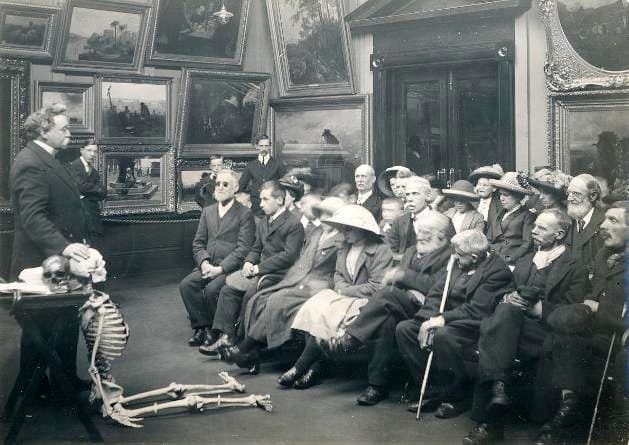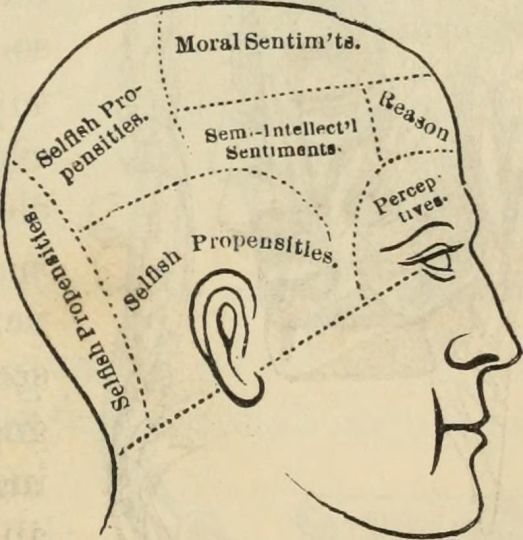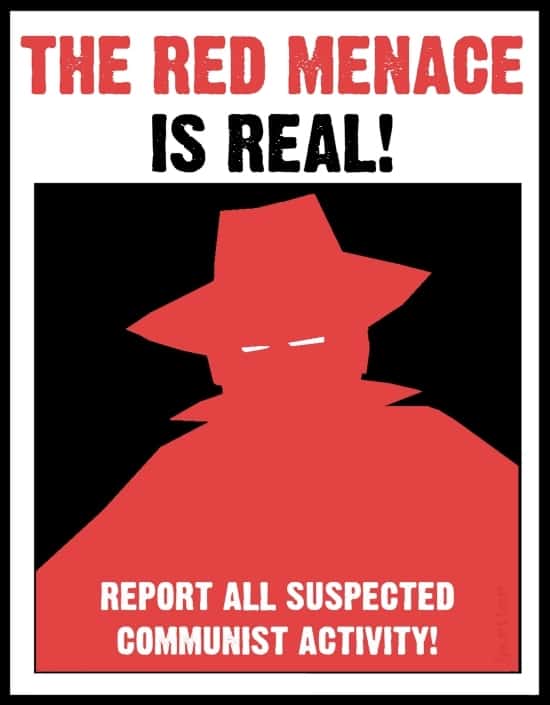
Our new semester kicks off on August 25th.
Class 1 Overview
As an ice breaker, I’ll give students an activity to design a great history teacher- a variation of “Tool 13: Brainstorm, Group, Label” from my Literacy Strategies Tool Kit (free PDF)
- Ask them to brainstorm all the words or phrases they can associate with “a great history teacher.”
- Give them Post-Its and asked them to write one associated word or phrase on each sheet.
- Put them in groups and ask them to share their Post-its and thinking. Then design an illustration that captured their collective thinking. And be prepared to share that with the class.
- Working in fours synthesize their individual brainstorming into a collective vision on large paper, then take turns sharing and responding to questions.
I’m giving my students a copy of my 1971 student teaching evaluation (2 page pdf) Quite a relic – I’m surprised I still have it. We’ll examine it as an historic document with a critical eye for answering a number of questions: Who created it and why? Historic context? Point-of-view? What could we learn from it? What other sources might we need to collaborate?
I’ll spend some time introducing the course. Here’s a copy of this semester’s course calendar. (91 kb pdf)
Finally, we’ll log into LearningCatalytics and I’ll give them a series of questions to help me get to know them better. On the tech side I’m interested in their devices, digital skills, social media profile, and some of the programs they’re comfortable using. From an instructional perspective I’ll ask them to describe their goals for the course.
Assigned Readings for Class 2:
- Reading: “How to Motivate Students: Researched-Based Strategies” Link
- Reading: “A Taxonomy of Reflection: Critical Thinking For Students, Teachers, Principals” Link
Written assignment for Class 2:
Develop an overview of your “digital profile.” It can take any form you choose (it doesn’t even have to be digital). But it should be something you can share with a classmate that makes sense without you having to explain it. If you look at “Reading 1” above, you’ll see why I have intentionally left the process and product open-ended.
This profile will become your baseline analysis that you will return to later in the course as you reflect on your accomplishments meeting Course Goal #3: Develop skills for reflection, growth and professional networking. I will be giving you a similar assignment at the end of the course so that you will be able to measure your growth in this area.
Bottom line: Be sure it is useful to you.
Here’s a few prompts to get you started. No need to answer all the questions – they’re just idea starters:
- Suppose you are interviewing for job – what impression would an employer form about you.
- What’s your brand?
- What links, if any, appear if you googled your name? (in quotes).
- What social networks are you a member of? Are you a member of specific user groups? (Example, Google+ communities)
- How do you represent yourself in these networks?
- If you use social media networks, how do you use them? Do you share original content online? Do you curate and share content online with others?
- If any of your social media provide metrics for number of connections (example, Twitter following, followers) record the number so you can use the metric later. (Please note: I’m not implying more is better.)
Image Credit : Tyne & Wear Archives & Museums “Human Skeleton”
Blind adults are listening to a short lecture at Sunderland Museum before examining a human skeleton.1913
“To them, their fingers are eyes”
From 1913, John Alfred Charlton Deas, a former curator at Sunderland Museum, organised several handling sessions for the blind, first offering an invitation to the children from the Sunderland Council Blind School, to handle a few of the collections at Sunderland Museum, which was ‘eagerly accepted’.
Ref: TWCMS:K13804(2)
 This class leads off with a live demo of the #sschat on Twitter (Mondays 4-5 PM Pacific). Chats are archived here.
This class leads off with a live demo of the #sschat on Twitter (Mondays 4-5 PM Pacific). Chats are archived here.


